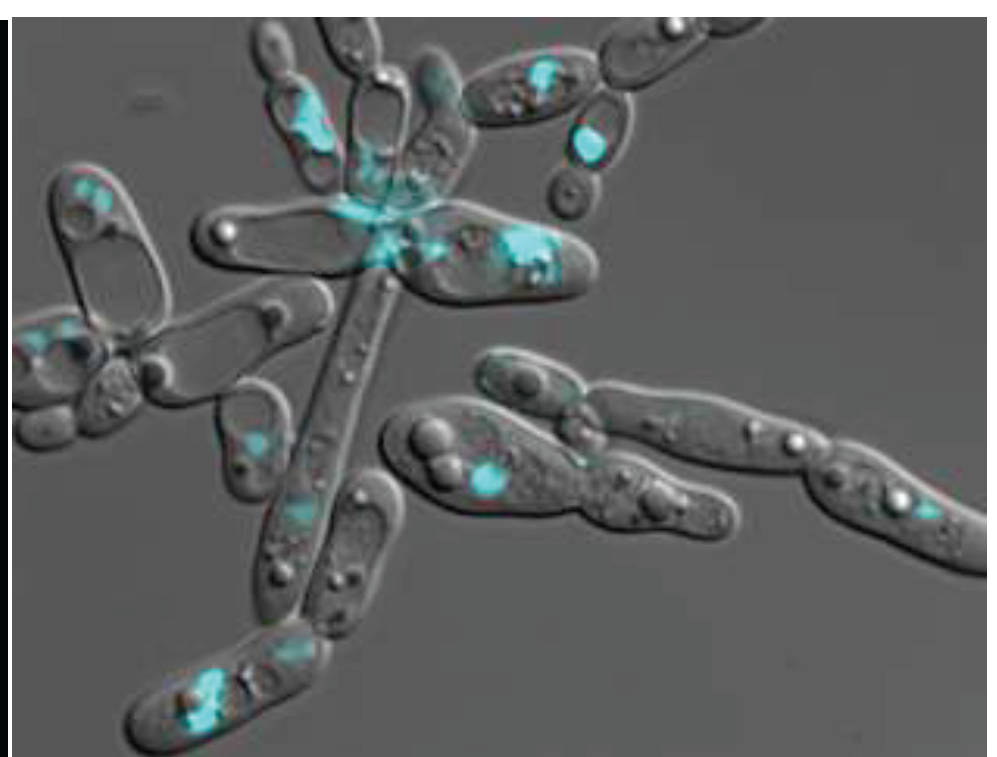Abstract
In the life cycle of the fungal pathogen Candida albicans, the formation of filamentous cells is a differentiation process that is critically involved in host tissue invasion and in adaptation to host cell and environmental stresses. Here we have used the GRACETM library to identify genes controlling invasiveness and filamentation; conditional repression of the library revealed 69 mutants that triggered these processes. Intriguingly, the genes encoding the SUMO E3 ligase Mms21 and all other tested members of the sumoylation pathway were both non-essential and capable of triggering filamentation upon repression, suggesting an important role for sumoylation in controlling filamentation in C. albicans We have investigated Mms21 in detail. Both Mms21 nulls (mms21Δ/Δ) and SP domain (SUMO E3 ligase domain) deleted mutants displayed invasiveness, filamentation and abnormal nuclear segregation; filament formation occurred even in the absence of the hyphal transcription factor Efg1. Transcriptional analysis of mms21Δ/Δ showed an increase in expression from 2 to 8 fold above WT for hyphal specific genes (HSGs) including ECE1, PGA13, PGA26, HWP1, ALS1, ALS3,SOD4, SOD5, UME6 and HGC1 The Mms21 deleted mutants were unable to recover from DNA damaging agents like methyl methane sulfonate, hydroxyurea, hydrogen peroxide and UV radiation, suggesting that the protein is important for genotoxic stress responses. As well, the mms21Δ/Δ mutant displayed sensitivity to cell wall and thermal stresses and to different antifungal drugs. All these findings suggest that Mms21 plays important roles in cellular differentiation, DNA damage and cellular stress responses and in response to antifungal drugs.
